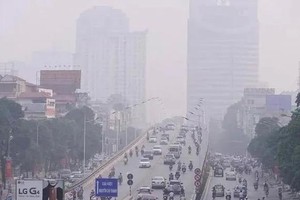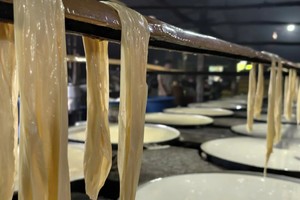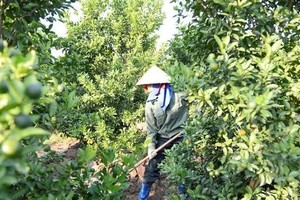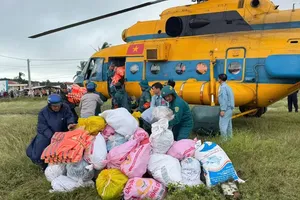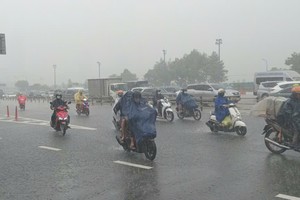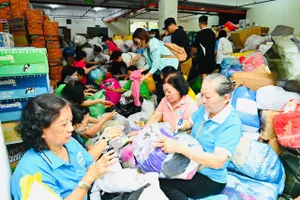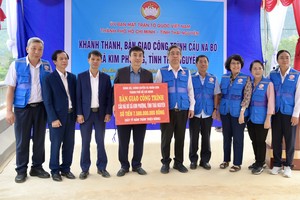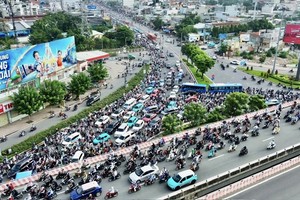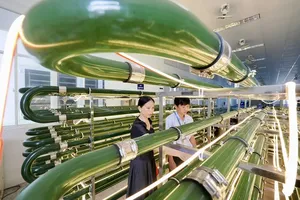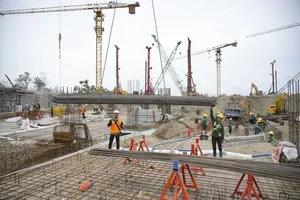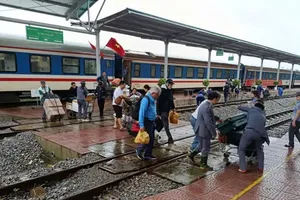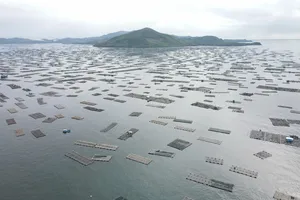Flower farmers in many flower villages in the Mekong Delta region expect to maximize revenue from a successful seasonal sale on the lunar New Year.
My Phong Flower Village in Tien Giang Province has a bustling atmosphere, with farmers busily hard at work, such as pulling weeds, controlling pests on flowers, fertilizing, watering, and pruning. This year, the main types of flowers in the village include various chrysanthemums, such as florist's daisy (chrysanthemum morifolium), Guldaudi (chrysanthemum indicum), and chrysanthemum sp., marigold, and lisianthus.
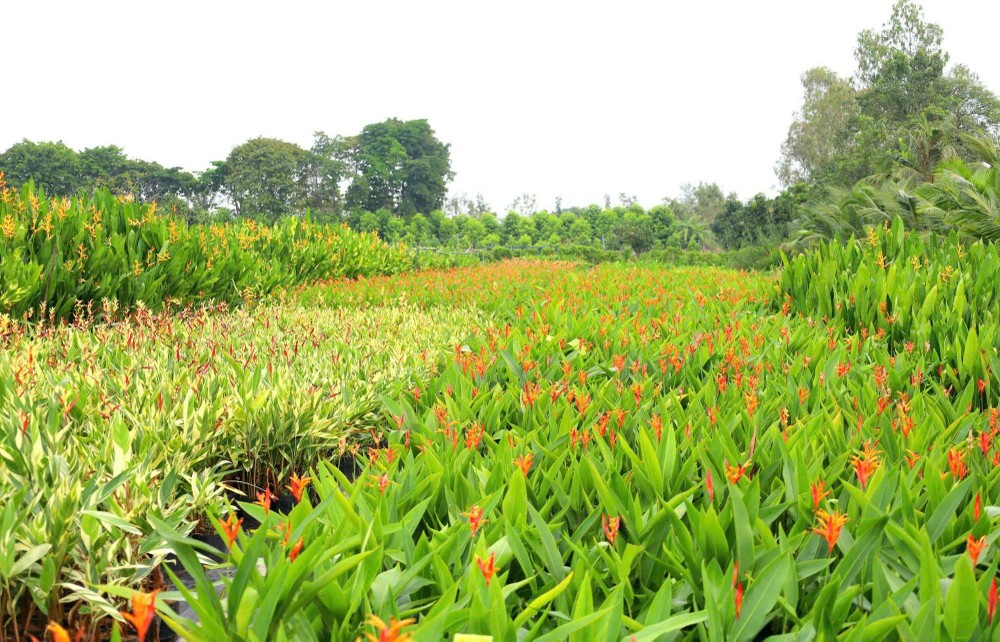
According to the Department of Agriculture and Rural Development of Tien Giang Province, this year, the locality is expected to offer 1.28 million pots of flowers and ornamental plants for the Lunar New Year, equivalent to the same period last year. The plants are currently growing and developing well. The growers have already agreed to supply about 50 percent of the flowers to the traders.
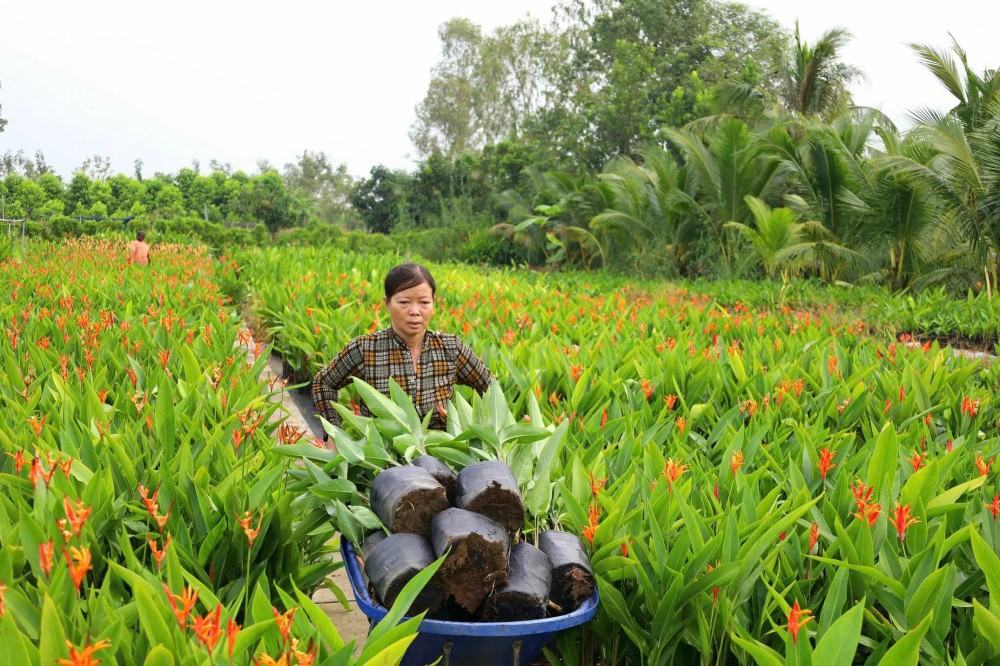

At Phuoc Dinh yellow apricot village in Long Ho District, Vinh Long Province, locals are busy picking yellow apricot leaves starting on the 14th day of the last lunar month to bloom in time for the Lunar New Year.
Phuoc Dinh village is known as the "capital" of yellow apricot in the Mekong Delta, with tens of thousands of small, medium, and large yellow apricot trees. The annual revenue from this village exceeds VND10 billion (US$393,000).
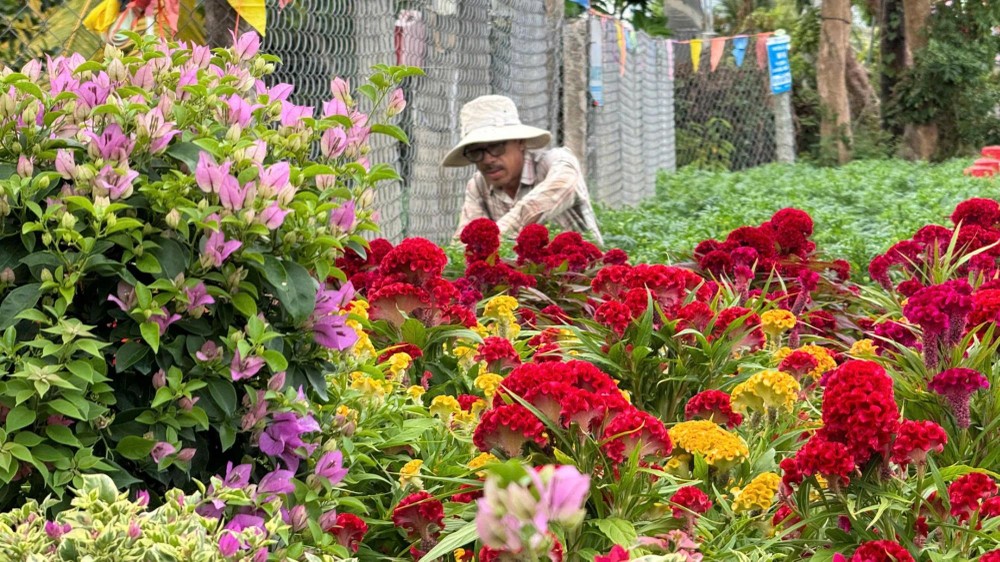
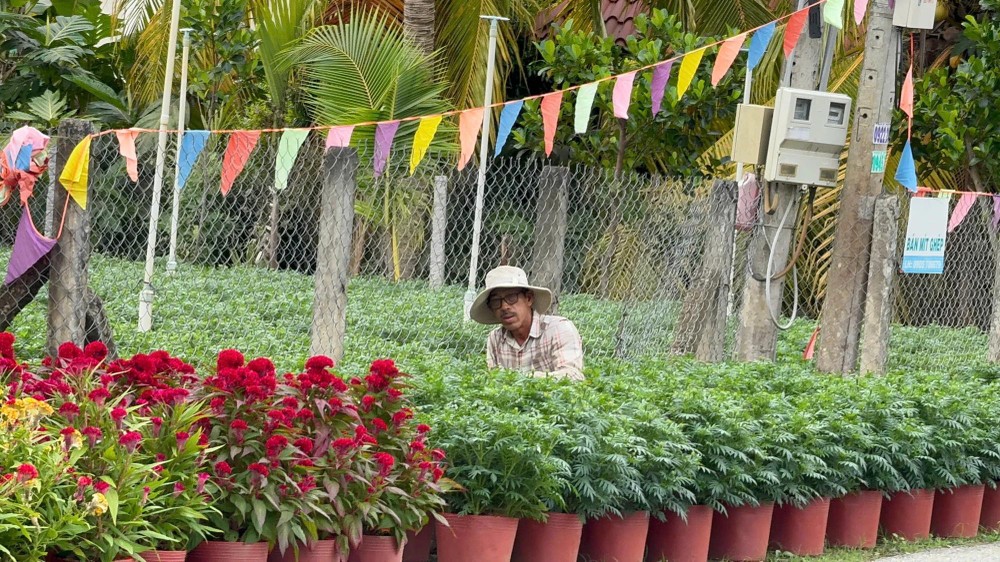
These days, the spring atmosphere pervades Cho Lach flower village in the Mekong Delta province of Ben Tre, one of the largest flower villages in the delta with over 6,000 households specializing in cultivating flowers and plants.
According to Mr. Tran Huu Nghi, Deputy Head of the Department of Agriculture and Rural Development of Cho Lach District, this year, the flower and ornamental plant villages in the province are producing approximately 12 million products to supply the market for the Lunar New Year.
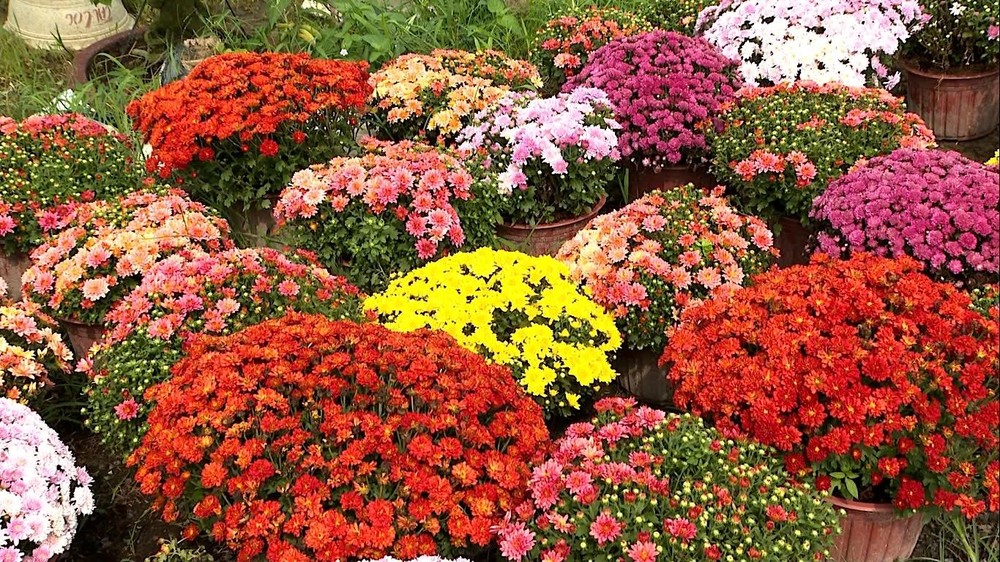
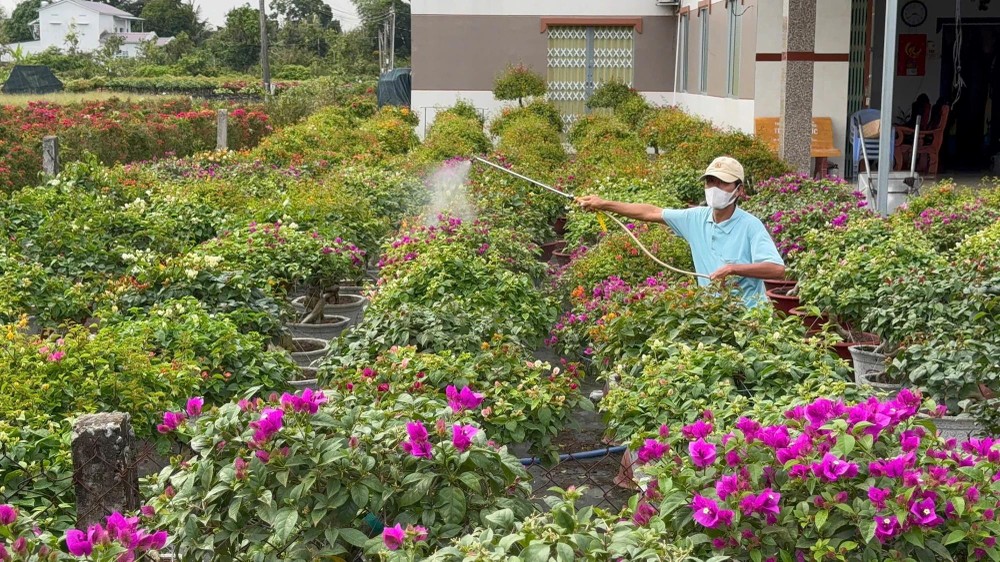
As of now, some quantities of flower and ornamental plants have been ordered by traders, while the remaining products are being brought to the market for direct and online sales.
The local authorities will connect with flower markets in Ho Chi Minh City and neighboring provinces to help gardeners rent stalls and sell their flowers and plants during the pre-Tet period.
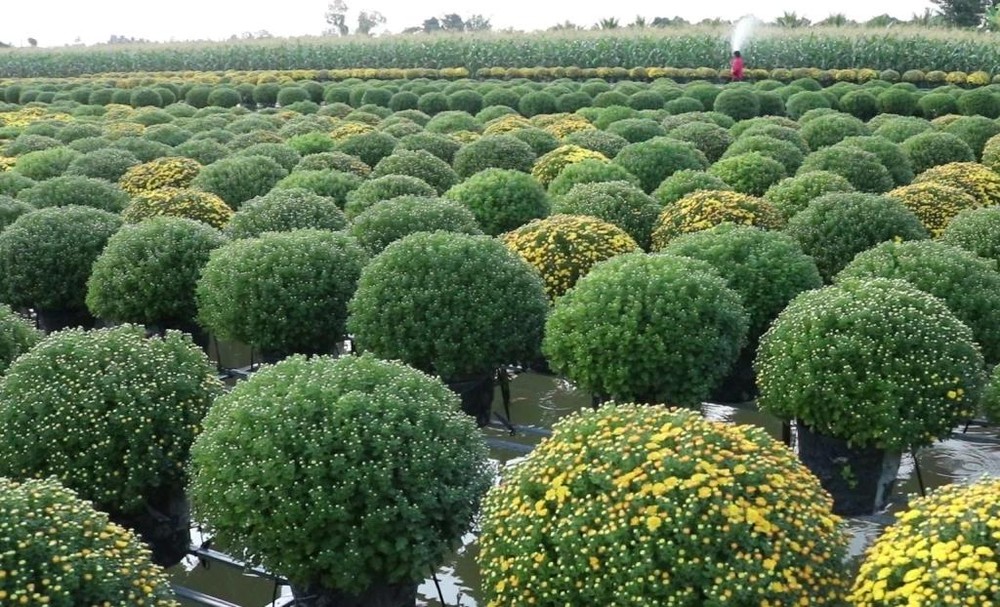
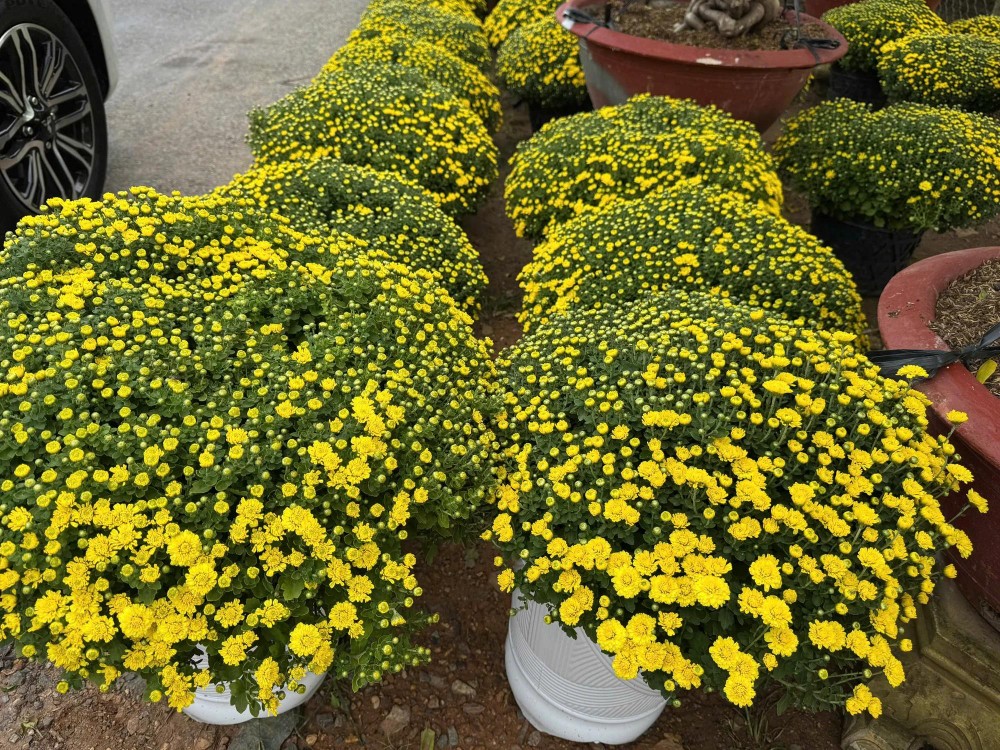
At Sa Dec Flower Village, known as the largest flower hub in the Mekong Delta, millions of flower baskets are ready to be brought to markets. The farmers are hardly taking care of ornamental flowers and trees to serve the upcoming Tet holiday.
According to the Department of Agriculture and Rural Development of Dong Thap Province, flowers and ornamental plant production is one of the five key sectors in the agricultural restructuring project of the province. In recent years, the flower and ornamental plant sector in Dong Thap has made significant progress, increasing in both quantity and quality, with high productivity. It meets the needs of domestic and international markets and brings profits to local flower and plant growers.
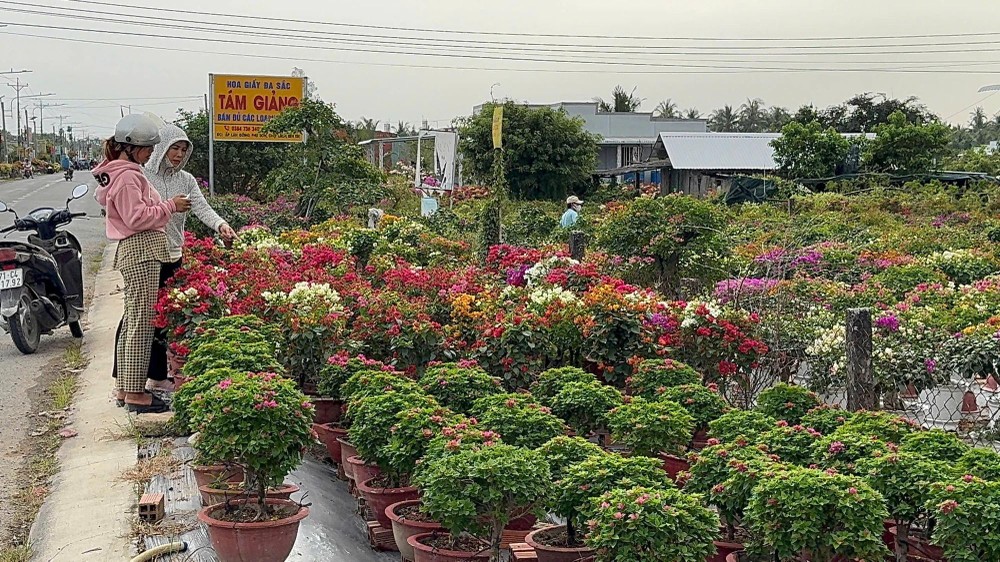
The total area for growing flowers and ornamental plants in Dong Thap is nearly 3,000 hectares, with over 2,000 varieties spreading across Cao Lanh City, Sa Dec City, Lai Vung and Lap Vo districts, and others.
This year, in addition to traditional flowers such as air plants, florist's daisy (chrysanthemum morifolium), ornamental peppers, Vinca rosea, petunias, Wishbone Flower (Torenia Fournierii Lindt), and lisianthus, there are some hardy plants such as chrysanthemums, marguerites, and Korean chrysanthemums.


